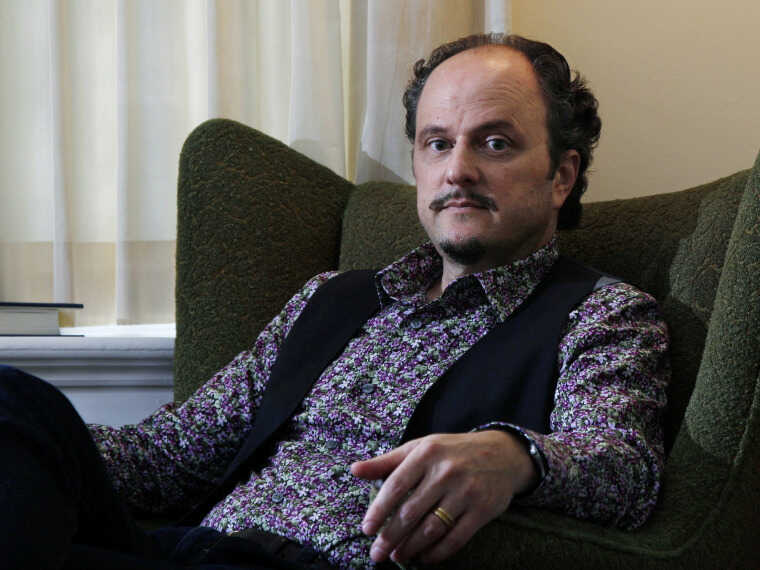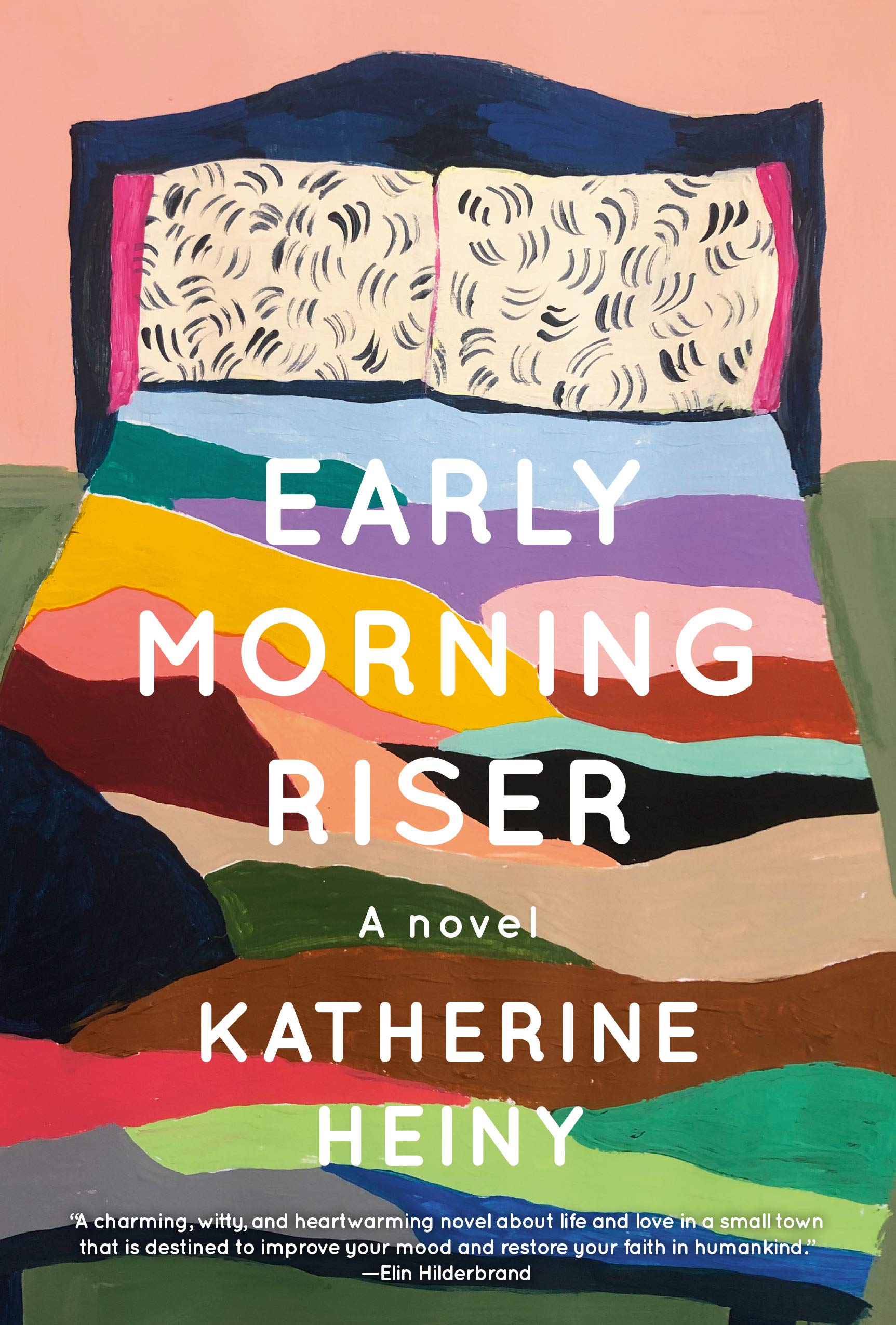


Here, then, is the marriage plot we’ve been promised: a contemporary one, with mental illness replacing the old class barriers. For, somewhere in there, Madeleine agrees to marry him. What follows is the miraculous and genuinely moving return of the real Leonard in all his youth and brilliance, followed by manic escalation to an inevitable crash - on his honeymoon, no less.

Both are frustrated and, finally, Leonard takes his treatment into his own hands. Later, she follows Leonard to a prestigious biology fellowship in Provincetown, where she looks after him and works on her grad school applications. So what of Leonard and Madeleine? In the hospital, Madeleine is reunited with her love, now sluggish and shaky from lithium. But there is little drama to his desultory quest, especially since we know Madeleine is not interested. As Mitchell wanders through Europe and India, he mulls over faith and Madeleine, and spars with hippies, feminists, and evangelicals. And the purported love triangle takes shape as simply a duet with distant observer. With this revelation, time speeds forward: The scope of the novel turns out to be a year, not a Joycean day. Suddenly, the heart and the stakes of the novel emerge: In the face of debilitating mental illness, can love survive? Why? Because she discovers that Leonard is bipolar and has been hospitalized with severe clinical depression.

Just in time, something happens to make you stop checking your watch: Madeleine skips graduation. Half self-mocking, half self-congratulatory, relentlessly mundane, they’re the fictional equivalent of the blog “Stuff White People Like.’’ We witness Madeleine and Leonard’s first date (a Fellini film) and their breakup (Madeleine throws Roland Barthes’s “A Lover’s Discourse’’ at Leonard’s head).Īll this detail certainly feels authentic - disclosure: I, too, have eaten bagels in that grungy café - but what narrative purpose does it serve? Based on the book’s apparent effort to resurrect the marriage plot and on Eugenides’s straightforward prose - the rhapsodic tone that defined his first book and accented his second has almost entirely vanished - one expects a good old-fashioned story. We get block-by-block directions to the grungy coffee shop where Madeleine and her parents get bagels on graduation day. In flashback, we learn about Madeleine’s past boyfriends, sit through a semiotics class about deconstruction, and see Mitchell enjoy one brief but shining Thanksgiving holiday with the Hannas. Before the story truly begins, we get a hundred pages, dense with detail, which advance the novel’s timeline only a few hours: from 7:30 to 10:00 a.m.


 0 kommentar(er)
0 kommentar(er)
